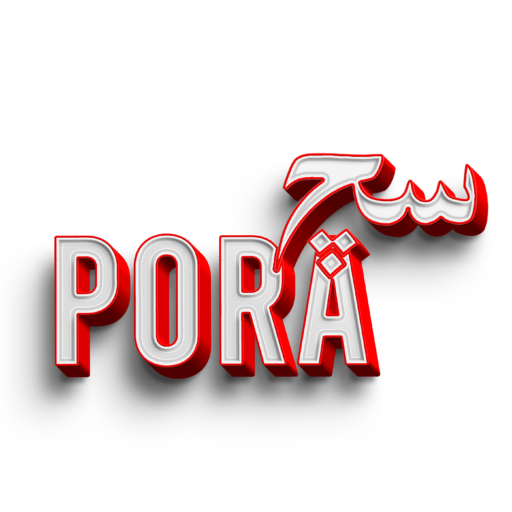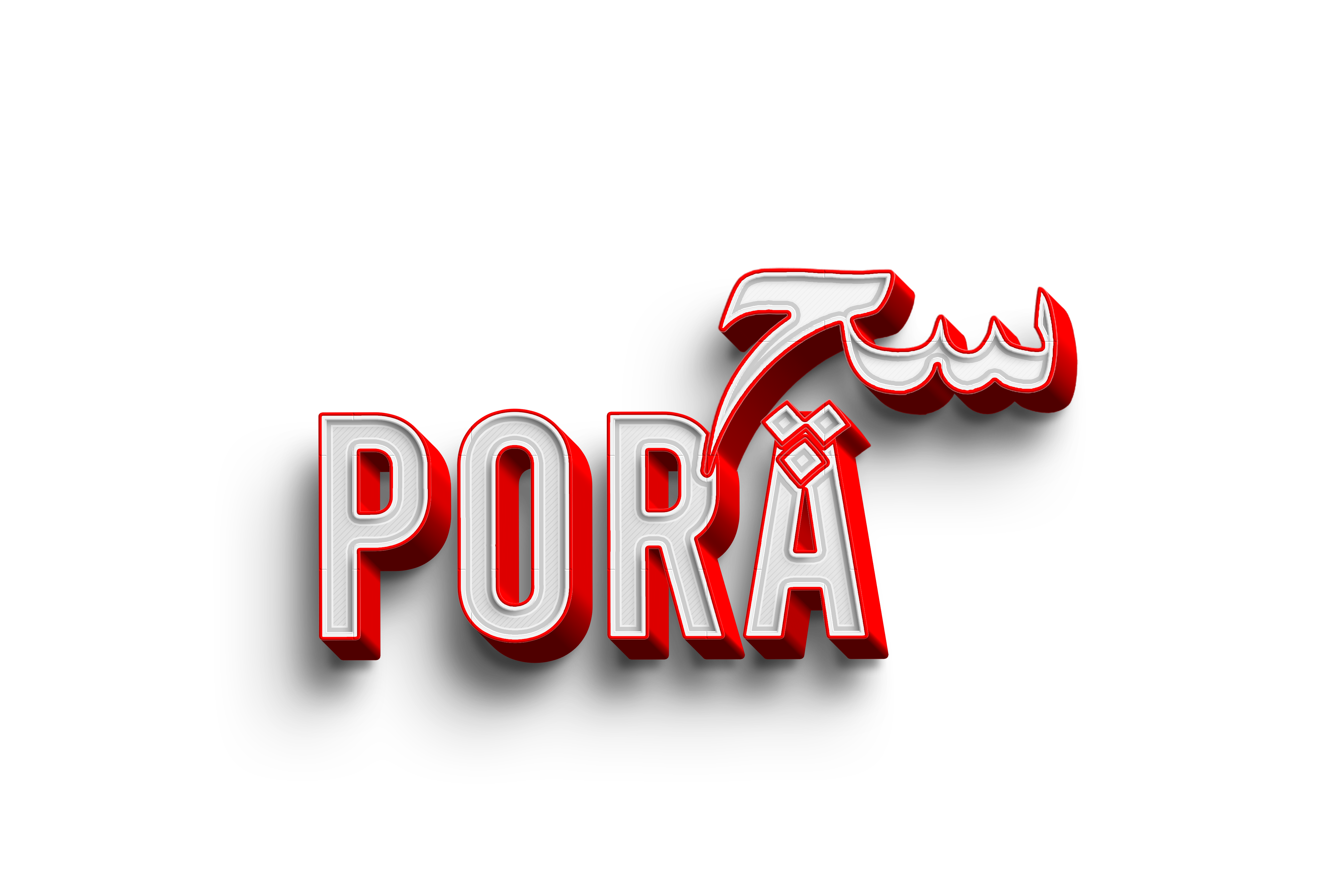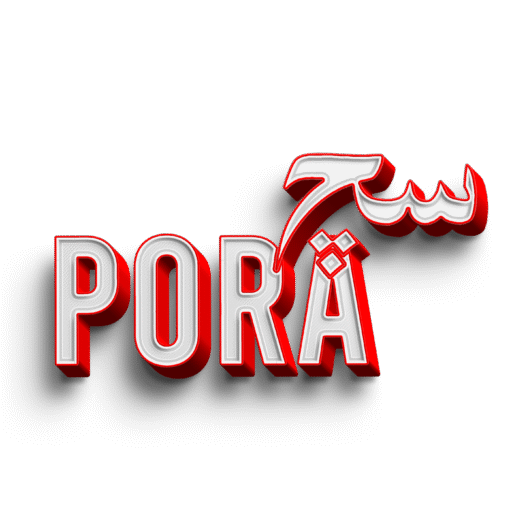The Mysterious Village of Murdered Husbands
The Dawn of a Dark Secret
In a quiet, remote Hungarian village called Nagyrév, where the Tisza River wound through fields and farmlands, and people lived simple lives, a chilling saga unfolded from 1911 to 1929. This village, part of the Tiszántúl region, became infamous for the “Angel Makers” or “Tiszazug poison-mixers”—a group of 26 women and two men suspected of poisoning at least 45–50 people, with unconfirmed estimates reaching up to 300. At the center was Zsuzsanna Fazekas, known as “Auntie Suzy,” a midwife who supplied arsenic and encouraged the killings. Their story inspired the documentary “The Angelmakers” and the feature film “Hukkle.” The poisonings weren’t limited to Nagyrév; similar cases occurred in Tiszakürt, Ókécske, Tiszaföldvár, Kunszentmárton, Mesterszállás, and Öcsöd, extending to Békés, Csongrád, and Zala counties.
Auntie Suzy arrived in Nagyrév in 1911, her husband already mysteriously missing. Between 1911 and 1921, she was imprisoned ten times for illegal abortions but acquitted each time. In Hungarian society then, teenage brides had husbands chosen by their families, and divorce was forbidden—even if the husband was alcoholic or abusive.
The Crimes: A Dance of Poison and Death
World War I shattered the village. Men were drafted, leaving women alone. Allied prisoners of war were housed in Nagyrév, leading to secret affairs. When the men returned—wounded, angry, and often drunk—marriages turned toxic. Desperate women turned to Suzy. One complained, “My husband beats me; how can I escape?” Suzy replied, “Why put up with them?” She taught them to extract arsenic from flypaper by boiling it—a traceless poison mimicking common gastric ailments.
The first poisoning in Nagyrév occurred in 1911, not by Suzy, but it sparked a trend. Husbands died first, freeing the women. Then, they targeted burdensome parents for inheritance, lovers, or even sons. Suzy supplied the poison and motivated them, while her cousin, the village clerk, forged death certificates. From 1914 to 1929, at least 45–50 murders happened, possibly 300. Nagyrév earned the nickname “the murder district.” As the village’s de facto doctor, Suzy kept the secrets buried. One woman, just 18, poisoned her elderly husband. Another killed her son for his inheritance. Death became a fad, casting a dark silence over the village.
Capture and Trial: Unveiling the Horror
Secrets eventually surface. Three accounts explain the detection: One says an Angel Maker, Szabó, was caught poisoning visitors who survived, leading to Suzy. Another claims a medical student found arsenic in a body on the riverbank. Historian Béla Bodó states an anonymous letter in 1929 to a local newspaper exposed the Tiszazug poisonings.
Authorities exhumed dozens of bodies from the cemetery. Fifty were dug up, 46 contained arsenic. Police found Suzy dead by her own poison. Twenty-eight suspects (26 women, 2 men) faced trial for 162 proven murders, though estimates suggest 300. Between 1929 and 1931, 12 separate trials were held to minimize publicity. Six received death sentences (three executed, three commuted: one acquitted and two to life), eight got life imprisonment, and two shorter terms. In court, they sat unrepentant, many saying, “It was necessary.”
This bizarre tale: a village where women became angels of death. Was it a fight for freedom or dark sorcery? Today in Nagyrév, locals say men’s behavior improved—the poison’s threat still lingers in the air.
















